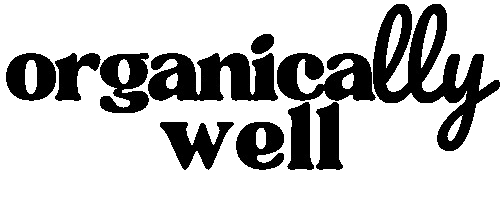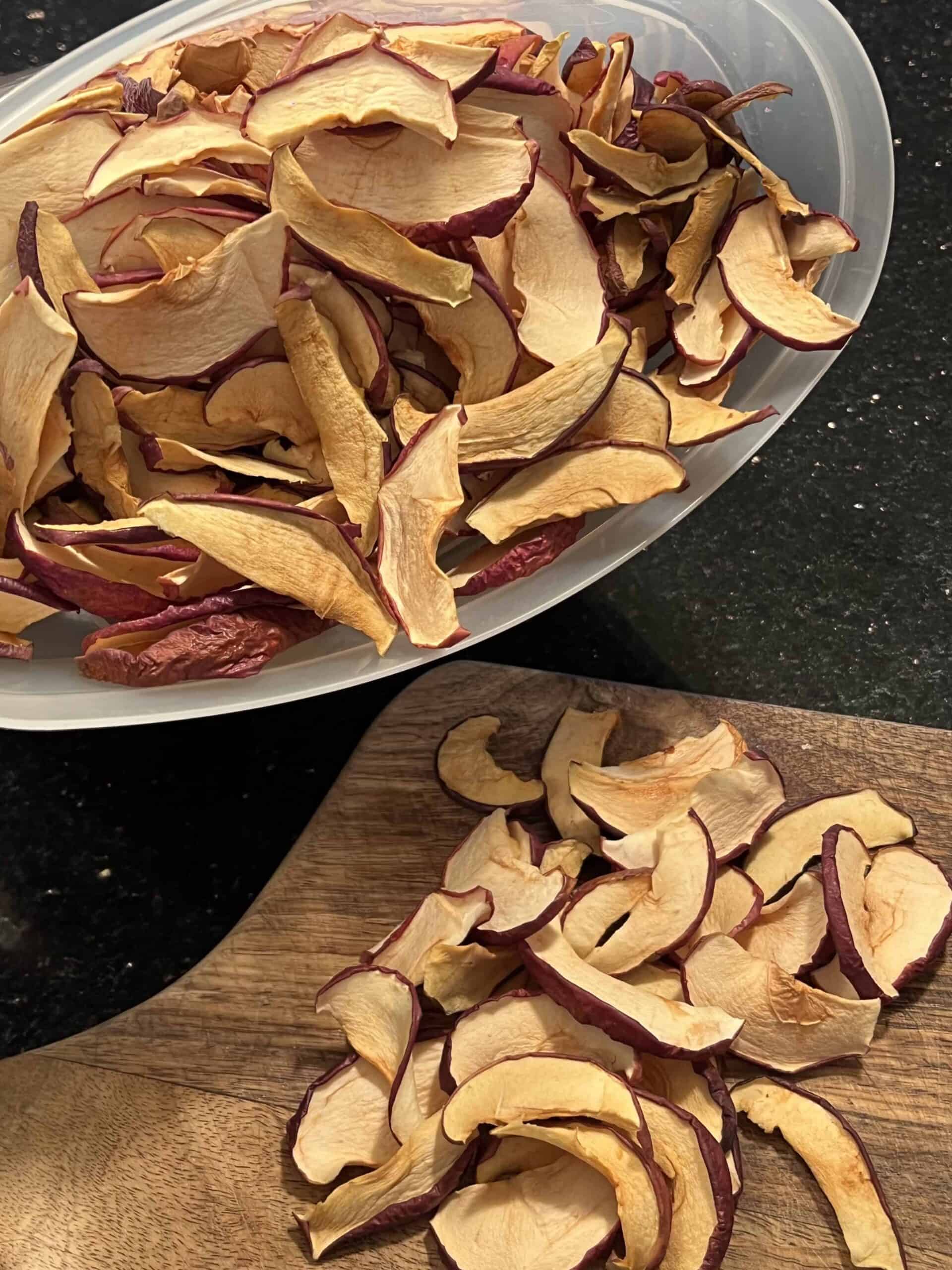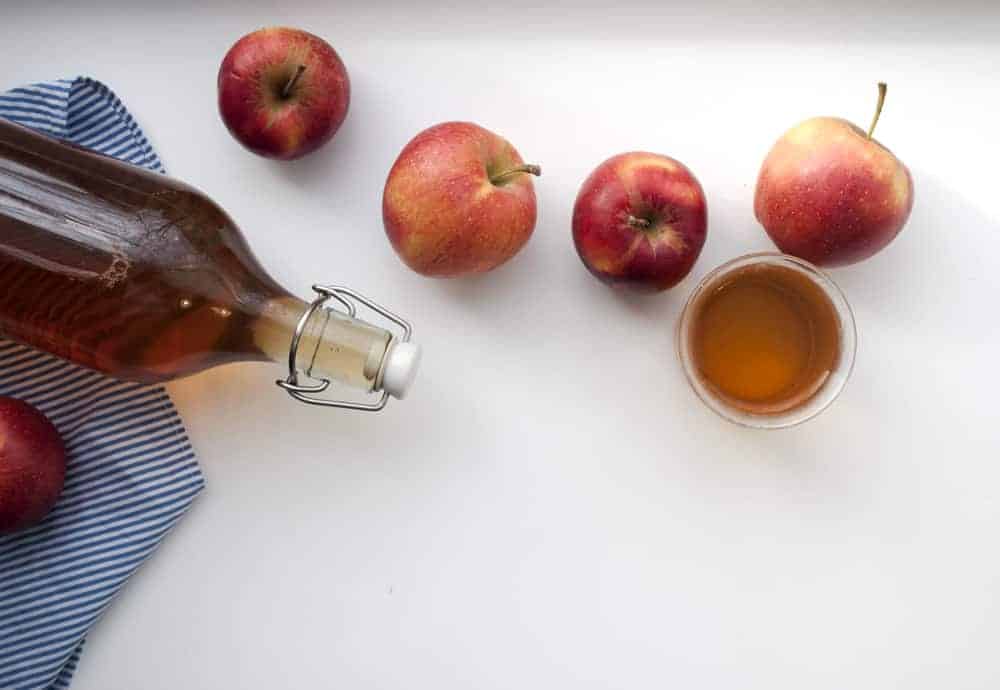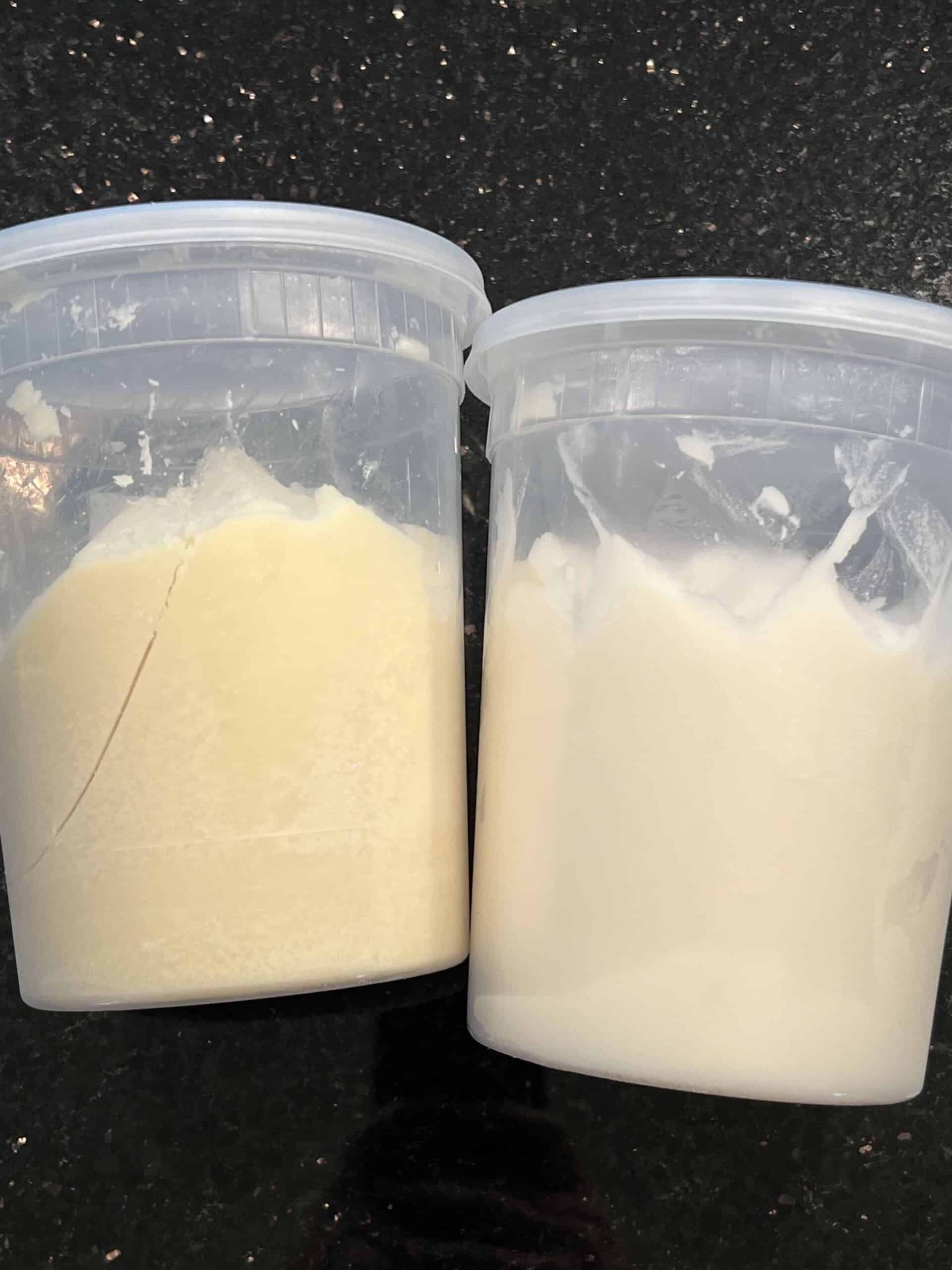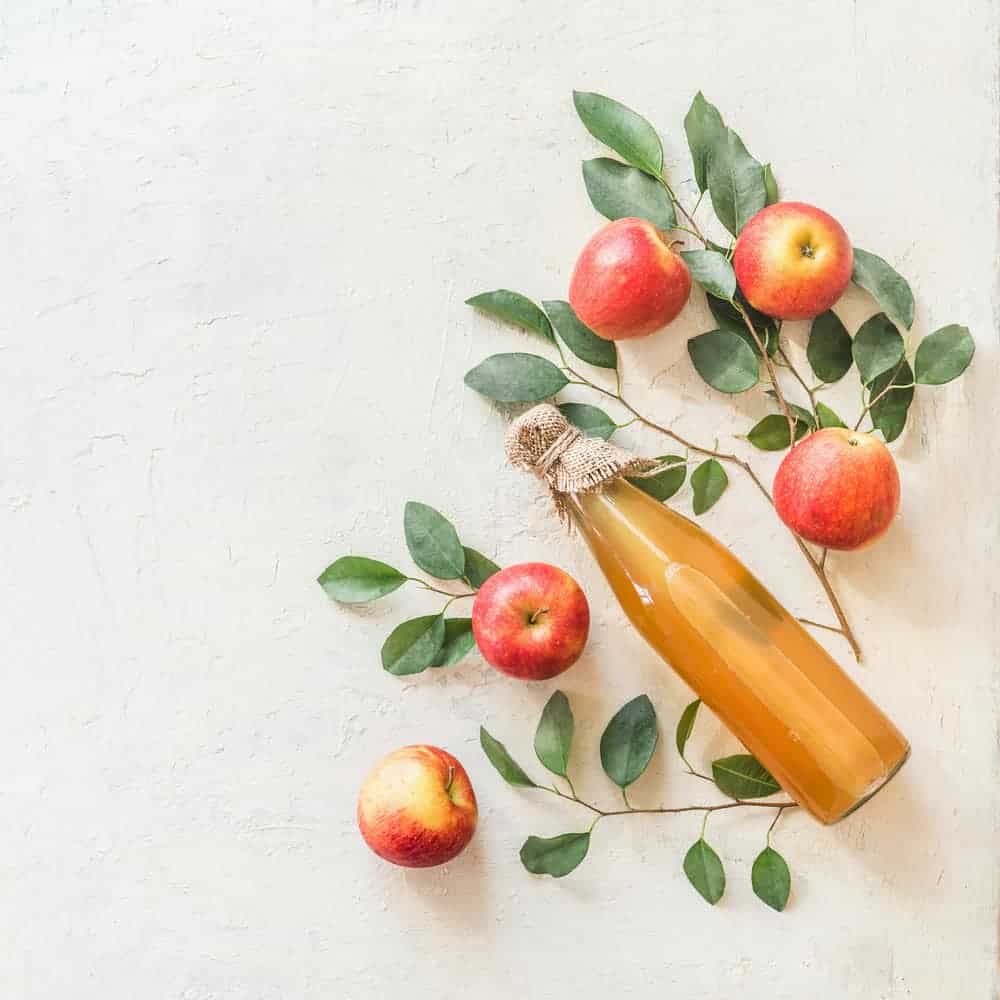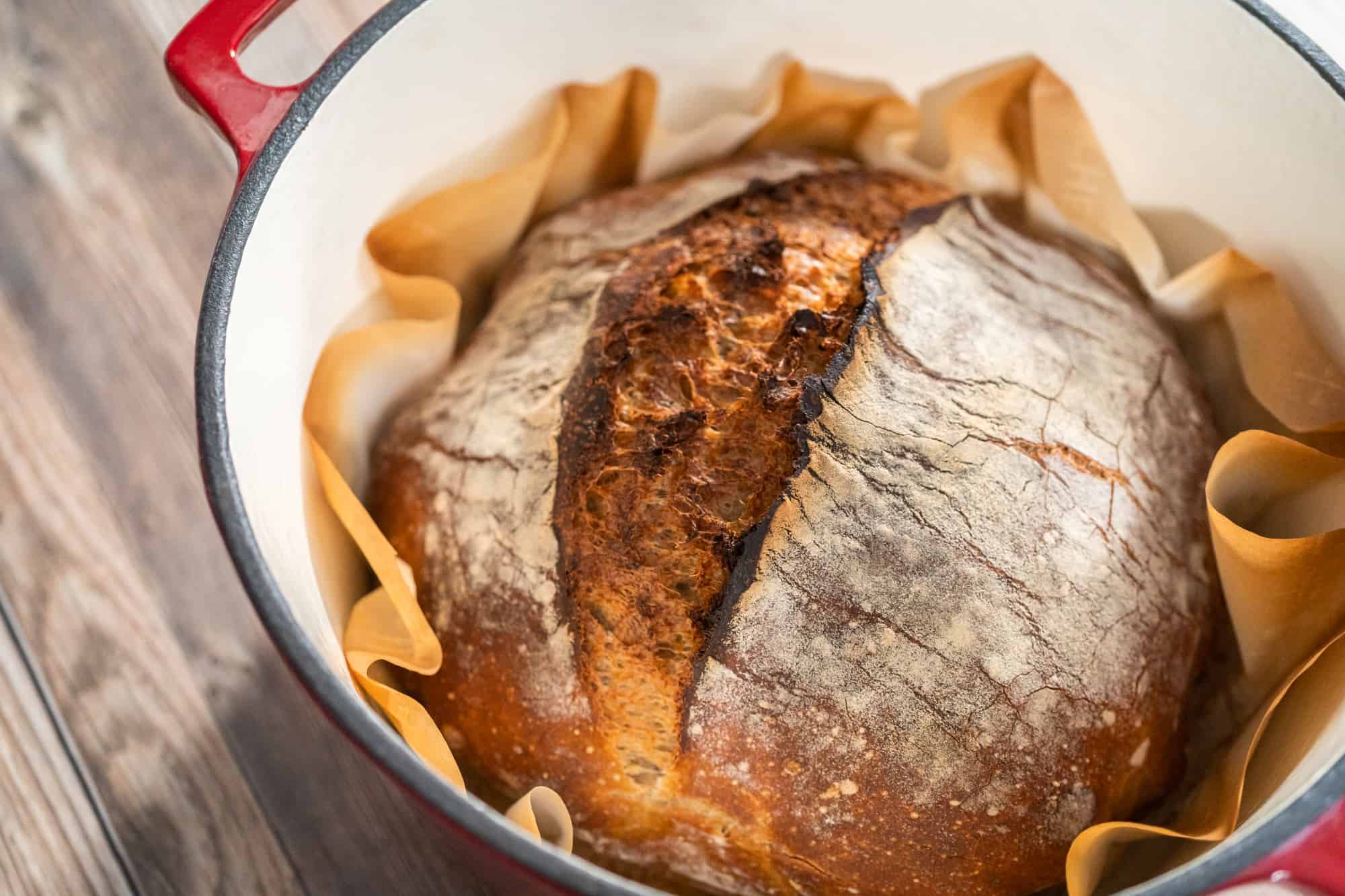31 Ways To Save Money: Healthy Eating On A Budget
Eating healthy on a budget can seem like an impossible task. Whether you’re a single person or a large family, here are the best tips to help you eat healthy on a tight budget.
I don’t know about you, but with the steady increase in food prices over the last couple of years, I really started to brainstorm ideas for how my family could continue eating healthy on a budget.
I think many people assume that eating healthy is expensive, but really eating healthy, whole foods shouldn’t break the bank. You don’t need all those trendy superfoods, protein powders and special supplements to be healthy!
A healthy diet is quite simple. Think back to what your grandparents likely ate: vegetables, fruit, dairy, meat and grains. That’s it.
Healthy eating can benefit your life in ways such as:
- It may help increase your energy levels
- It may help you support your immune system
- It may help you strengthen your bones, muscles, joints, teeth, skin and nails
- It may help you lower the risk of chronic diseases such as heart disease, diabetes and some cancers
- It may help you support your mental health
- It may help you lose and maintain a healthy weight
Eating healthy can help support your holistic health and well-being.
Whatever your monthly grocery budget is, eating healthy on a budget is possible, and there are many ways that you can save money.
If you’re wondering, “Is eating healthy on a budget possible?” then this post is for you!
Here are 31 clever ways to save money when eating healthy on a budget.
Healthy Eating On A Budget
1. Start Meal Planning
Meal planning is one of the best ways to save money on groceries. Take a moment every week to plan meals you’ll cook for the week in advance.
For example, I like to do this every Monday. For the coming week, I’ll write down 4-5 meals I plan to cook for my family that week.
This helps save you money by mapping out exactly which ingredients you’ll need for the week so you don’t spend money on groceries you won’t use.
Meal planning is an easy way to organize your meals, reduce food waste and save money every week.
If you’re looking for a simple, easy-to-read, printable meal planner, sign up below and get a free printable weekly meal planner and master grocery list to your mailbox. Download once and print every week to help you organize, shop smart and save money.
[mailerlite_form form_id=1]2. Make A List (& stick to it!)
Before you go grocery shopping, make a list. Based on your meal plan for the week, identify the ingredients you’ll need for those meals. Also, take a look in your fridge and pantry and run a quick inventory to see what you have and what you need.
Have you ever gone to the store and bought something because you couldn’t remember if you had it at home? Me too.
Making a list takes all of the confusion out of shopping and will help you stick to buying only what you need.
Save money by staying organized.
3. Don’t Shop When Hungry
An easy way to spend less money is never to go shopping when you’re hungry. When you’re hungry, you’re more likely to make poor shopping choices and spend on unnecessary items such as snacks and processed foods.
So, before you head to the store, grab a snack! Your wallet will thank you.
4. Stay Away From Processed Food
Processed foods, such as chips, crackers, cookies, cereals and granolas, may seem cheap or offer a great price, but spending money on these items is taking away from your budget that could be spent on whole foods.
Processed foods are empty calories that will not give you sustained energy or nourish your body. They may taste yummy and satisfy you for a couple of hours, but they lack nutrients and energy.
Save your money and skip these items to spend more on whole foods that can be made into multiple meals.
5. Watch For Sales & Discounts
If you want to save money on groceries, you must keep your eye out for sales and price drops. The majority of grocery stores have weekly flyers offering discounts on various produce and items. Check these flyers every week for things that you need.
You can do this either by browsing flyers in your mail or online grocery store websites. Or, if you want to try something more convenient, there are apps that will search grocery store flyers to find the lowest price.
All you have to do is search for an item that you’re looking for, and it’ll search for the lowest price.
Some of the highest-rated apps are:
Flipp is a free app that allows you to browse flyers, search for an item, compare which store has the best price, and view available coupons.
Grocery King is a multi-purpose app with features that allow you to browse recipes and automatically add ingredients to your grocery list, scan barcodes to add/check items off of your list, compare prices between grocery stores, and meal plan right in-app.
Checkout 51 and Ibotta both offer cash-back on offers through their app. All you have to do is add a grocery offer from the app and then scan your receipt to the app once you buy at the store. You’ll then receive cash back on qualifying purchases.
6. Price Match
Along with using flyers to watch for weekly deals, you can also use them to price match!
Many stores offer this service now. If you see that a store is selling a particular item for a lower price, you can show the flyer deal at your local grocery store, and they will automatically match that price. This works for fresh produce, meat, dairy, cookware, and other home goods.
This is great because sometimes you can find multiple items on sale at different grocery stores and get the same discount at your local store just by showing the offers to the cashier.
7. Use Coupons Wisely
Grocery stores offer coupons on various items all year round. When using coupons, don’t get tricked into buying that ‘Mac n cheese’ on sale just because there’s a coupon.
Be smart and use coupons for whole foods and bulk, non-perishable pantry staples.
Remember, just because it’s on sale doesn’t mean it’s a smart purchase. Be selective with your coupons and prioritize using them on whole, nutrient-dense foods.
8. Go To Wholesale Stores
Wholesale stores such as Costco are great places for stocking up on pantry items in bulk at discounted prices. For these stores, you pay a yearly membership fee to shop items in bulk quantities at great discounted prices.
These stores especially help save money on non-perishable pantry staples such as oats, beans, rice, and canned goods.
It’s easy to get carried away in these stores, so just be mindful of what you need and stick to your plan.
9. Buy The Generic Brand
The majority of grocery stores supply a generic ‘no name’ brand. There’s virtually no difference in product quality between ‘brands.’ Popular brands are just that, popular and, thus, more expensive.
Don’t fall for advertising; shop the generic brand as an easy way to save money.
10. Buy Non-Perishables In Bulk
Have you ever noticed that buying a 250g bag of rice is much more expensive than buying a 2kg bag?
Buy your non-perishable pantry items such as dry beans, grains, oats, canned vegetables, beans, fish, tomato paste and pasta in bulk packaging to save money. Often, stores offer a bulk discount option for canned goods, such as 3 for $5. This saves you money; you can wait to buy these when they go on sale.
Bonus: Try your local ‘bulk food store’. They offer far better prices than grocery stores, allowing you to buy as much quantity as you want.
11. Frozen Vegetables Are Just As Good
If you’re trying to eat healthy on a budget as a single person or just struggle with using fresh produce before it goes bad, this is a great option.
Frozen vegetables have the same nutritional value as fresh produce, so you don’t have to worry about not getting valuable nutrients.
It will last you longer, it’s convenient, and the produce is preserved in its prime. This means that it was harvested ripe! Much of ‘fresh’ produce sold in grocery stores is picked significantly under-ripe so that it doesn’t go bad before it hits the shelves.
Frozen vegetables and fruit are often sold in bulk, saving you tons of money. You can buy a 2kg bag of mixed frozen vegetables for $5. You could never purchase 2kg of fresh produce at this price!
To read more about the benefits of frozen vegetables, Forbes wrote an excellent article.
12. Shop Seasonal
Produce in season tends to be less expensive because it is abundant locally and doesn’t cost extra to ship from other countries.
If you live in the U.S., the Seasonal Food Guide is an excellent way to check what is currently in-season in your state.
The Canadian Food Focus shows Canadians exactly what’s best and when.
Do your research and take note of what is in-season in your area. Buy seasonal produce during those times of the year to save money and avoid purchasing them when it’s off-season.

13. Buy ‘By The Bag’
Fresh produce like vegetables and fruits is often cheaper when you purchase ‘by the bag’ instead of per individual piece at the grocery store. For example, lemons are often cheaper when you buy a package of 10 instead of 4 individual lemons. Use this to your advantage and stock up on produce that keeps well, such as onions, potatoes, carrots, lemons, garlic, and apples.
14. Say Yes To Canned Protein
Quality protein, such as fresh meat and fish, is getting quite expensive and slowly becoming a luxury.
Opt for canned protein to save money when you cannot find fresh protein at an affordable price. Items such as canned tuna, salmon, chicken and beans.
Canned protein:
- Provides adequate nutrition
- Is nutrient-dense for sustained energy
- Cheaper
- Self-stable
Canned protein is an excellent way to save money while ensuring adequate protein in your diet. It can often be bought at a discount and is shelf-stable, so you don’t have to worry about it going to waste.
When buying canned protein, you still want to ensure it is quality. Check for added sugars, preservatives, dyes, and seed oils – avoid these!
15. Hello Root Vegetables
Root vegetables have a much longer shelf life than other fresh produce. It also tends to be less expensive. You’ll spend less upfront and save money by avoiding food waste.
Root vegetables such as potatoes, sweet potatoes, carrots, beets, turnips, rutabaga, parsnips, radishes, onion and garlic can also be used in so many ways!
For example, sweet potatoes can be used to make soups, roasted or mashed as a side, in salads, stews, risotto, pastas, etc!
Every year I buy 50kg of potatoes in the fall and they last my family through the whole winter without going bad.
16. Buy Cheaper Meat Cuts
Buying cheaper cuts of meat can help you save money on groceries. Cheaper cuts tend to be tender pieces that are quick to cook, such as some steaks, ribs, and whole chicken.
These cuts are still high in protein, nutritious and healthy. They just help save money when eating healthy on a budget.
17. Skip The Condiments
Condiments like salad dressings, dips, mayo, and cooking sauces are non-necessities. These items are a pointless expense because they provide little to no nutritional value, fail to provide real energy and are often full of seed oils, stabilizers, artificial colours and flavourings.
Bottom line: Generally not healthy and a pointless expense.
Salad dressings and marinades are super easy to make at home using ingredients like:
- Olive oil
- Honey or Maple Syrup
- Lemon Juice, Apple Cider Vinegar
- Mustard, Horse Radish
- Garlic, Herbs
There are tons of easy recipes online that are healthier options and inexpensive!
18. Shop Imperfect
Many grocery stores now offer produce at a discounted price if they’re bruised, misshapen, or just nearing their expiration date. This is an excellent way to save money!
For example, I often grab bananas that are discounted just because of browning and will either freeze them to use in smoothies or use them in baking banana bread/muffins.
19. Skip The Herbs
Buying fresh herbs is expensive! You can learn to grow your herbs year-round at home to save money. This way, you can have your own continuous supply of fresh herbs year-round.
You can also buy dried herbs for seasoning food. Dried herbs such as oregano and basil are far less expensive than fresh. Plus, they’re convenient, non-perishable, and save on waste.
20. Organic Isn’t Always Best
Beware of the ‘organic’ label. Some processed foods such as sugary cereals, granolas, jams, cookies and even chips are labelled as organic, but that doesn’t mean they’re healthy!
You don’t need to buy all fresh produce organic, either. Be selective and spend on organic for the dirty dozen. This list of produce tends to have thinner skin, making them more susceptible to chemical and pesticide use.
View a list of the dirty dozen here.
21. Prioritize Nutrient-Density
Instead of buying all fresh produce organic, save that money to spend more on quality nutrient-dense foods such as eggs, meats, yogurt, butter, and milk.
These foods are a little more expensive but are far more nutrient-rich and provide more energy per calorie than other items.
Basically, you can eat less of these foods to get a high amount of nutrients and energy.
22. Skip Trendy ‘Superfoods’
Chia seeds, goji berries, powdered greens and avocado.
There will always be a newly discovered ‘superfood,’ but you don’t need it to be healthy. Yes, these foods all have important nutrients and beneficial properties, but you can still eat healthy (and be healthy!) without them.
These trendy foods tend to be expensive, so if you’re working on healthy eating on a budget, save your money and spend it on the necessities.
23. Shop Local Farms & Markets
You may think it’s more expensive to shop at local farms and markets, but actually, local farms often sell fresh, nutritious produce for a fraction of the price because there are no ‘middle-man’ fees.
Not only are you getting honest quality food that is fresh, in-season, and free of chemicals and genetic modification, but you’re also getting it far cheaper.
For example, I buy 25kg of potatoes for $20 at a local farm. In comparison, that would cost me $5.49/1 kg at the grocery store! I buy 2 bushels of fresh apples every fall at a local orchard just for $15. This price would be impossible to match at a grocery store.
24. Cook At Home
Cooking from scratch at home is a lot more budget-friendly than buying anything ‘pre-prepared’ or grabbing take-out. With those foods, you pay extra for convenience. Aim to cook most of your meals from scratch and learn to use foods in their entirety.
For example, if you use a cauliflower head for roasting, save the green bottom and use it in a soup or make a vegetable stock. If you make roasted chicken for dinner, save the bones and use them to make a delicious, nutrient-rich chicken broth.
25. Cook In Large Batches
Cooking in bigger portions saves you time, money, and effort. Make more at one time and then use the leftovers for subsequent meals to use that week for work or school lunches.
To make planning easy, use this free printable weekly meal planner and grocery list to plan meals for the whole week and easily write down what you need to buy. It’ll help you stay organized, stay on budget and save money in-store.
[mailerlite_form form_id=1]26. Eat Whole Foods
Whole foods are much more nutrient-dense and a much better source of energy. Processed, ready-to-eat foods are generally empty calories. They may satisfy your hunger temporarily, but there is little nutritional value, so you are bound to get hungry again soon.
27. Stick To Water
Buying drinks such as pop, juice, and other commercial drinks is an added expense and a non-necessity. These drinks are loaded with sugars, dyes, and other toxic ingredients and lack nutritional value. Save money by making this simple switch and stick to drinking water. It’s free!
28. Make Your Morning Coffee At Home
For the love of Starbucks… jk. If you want to eat healthy on a tight budget,, you must make some sacrifices. Your daily morning take-out coffee is one of them.
If you buy one regular $4 coffee daily for a whole work year of 240 days. That’s $960! That’s money you could be putting toward whole foods loaded with nutrients. Make the easy switch and make your coffee and tea at home.
29. Pack Your Lunch
Buying a lunch every day adds up quickly. Make your lunch at home through meal planning and using leftovers, and save hundreds of dollars annually. Plus, packing a lunch for yourself or your kids ensures you eat healthy, nutritious, whole foods.
30. Grow Your Own Food
If you have the space, establish a couple of garden beds in your yard or apartment balcony and grow fresh produce. Community gardens are also becoming increasingly popular if you lack the space or time.
Seeds can be bought cheaply and have your own supply of fresh produce. You’ll save money on fresh produce all summer long!
31. Can & Preserve
Canning produce can save money by preserving fresh, nutritious summer produce you know you won’t consume before it goes bad. Canning allows you to save money by preserving food that will last you through the winter and reducing food waste.
You can also freeze fresh produce and store it in your freezer for months. I often do this with fresh produce, such as carrots and zucchini from my garden in the summer. If my family cannot consume it before spoiling, I’ll freeze it and use it throughout the winter. This helps me save money on groceries in the winter.
Is Healthy Eating On A Budget Possible?
Yes! It’s absolutely possible to eat healthy on a budget. These tips will help you provide healthy, nutritious foods for your family while maintaining a monthly budget.
You just need to be selective in what you spend on. The list above gives you 31 clever ways to save money on groceries so that you can enjoy healthy eating on a budget.
What is the best way to save money on groceries?
There is no best way to save money on groceries, but by using a combination of these tips, healthy eating on a budget can be that much easier.
With the list above, you can find ideas that will help you eat healthy on any budget.
Whether you live alone or have a big family, there is a tip for everyone in this list of ideas. From using grocery cash-back apps to packing your lunch, you’re bound to find an idea that helps you eat healthy on a budget.
What other methods do you use to save money on groceries? How do you make healthy eating on a budget possible?
